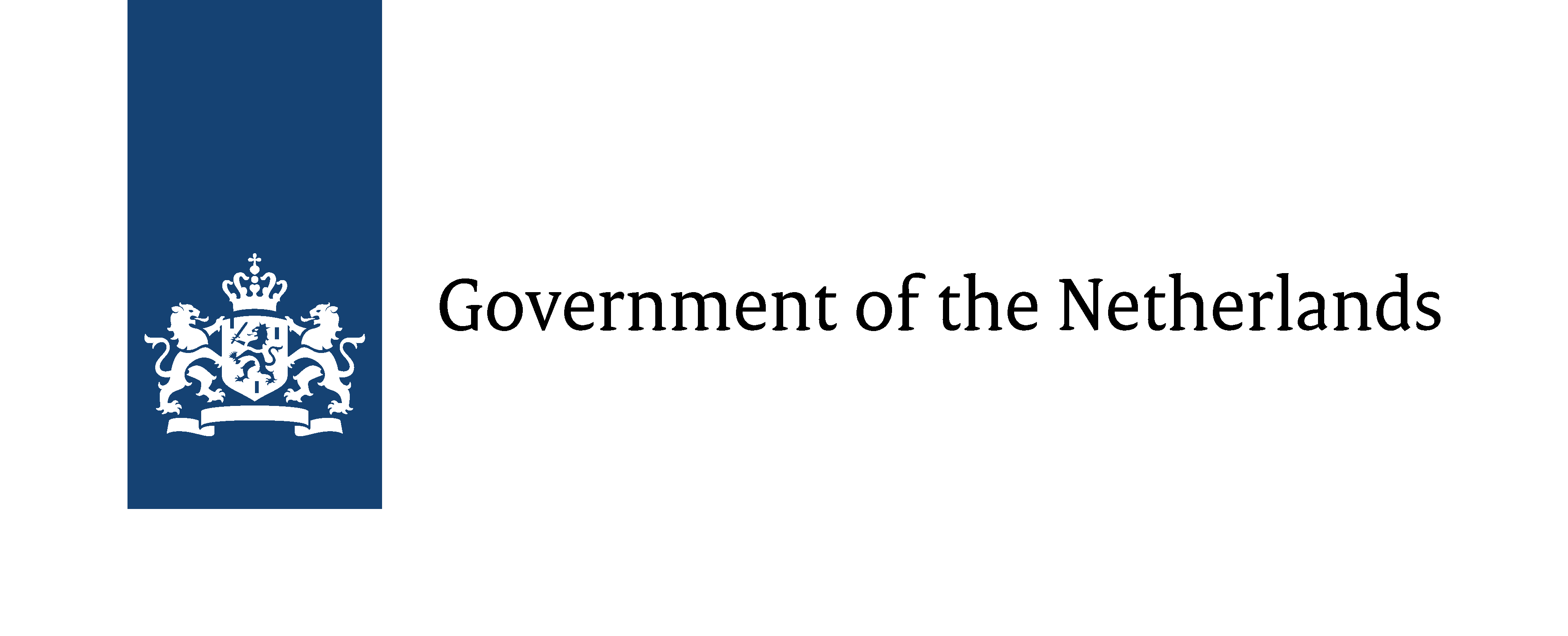Typography
Turkey and the Middle Eastern geography surrounding it has a rich history in script, since script and letters have their origins in these very lands. Historically, Turkish was written in many alphabets. The last of these was Arabic, which was adopted simultaneously with the acceptance of Islam and remained in use for the following 1000 years. After the replacement of the Arabic script with the Latin alphabet, Turkey experienced a break from its rich writing history. After that point, writing and typography in Turkey took on a whole new form under the influence of the West.
The alphabet change in 1928 was a traumatic event in the field of typography in Turkey; as a result the calligraphers who used to work with the old Arabic letters were now out of work. For example Hamit Aytaç, who was a famous calligrapher at the time, was relocated as a gardener. All the Arabic textbooks in schools were now destined for the garbage bin. Publishing houses that printed these books went bankrupt. Those born in the 1920s were not able to read the letters written by their parents. There is still an ongoing debate about whether this change was for the better or worse.
We can examine the typographic activities in graphic design in two different contexts: designing typeface and using typeface. The former is the act of designing characters that are accessible to other designers. The latter is the act of using and being creative through ready-made characters in one’s designs.
In the field of typeface design in Turkey, we do not observe any noteworthy activities before the introduction of computers, except one or two attempts with good intentions. Designers such as Emin Barın, Sait Maden, Abdullah Taşçı and Selahattin Ganiz designed typefaces, but these were never made into products available for use by other designers. Not much has changed after the appearance of computers. There were some efforts in typeface design, and it even became part of the curriculum in some schools, but Turkish designers always preferred to use imported typefaces. Typeface design has never really gone beyond adding Turkish accents to ready-made fonts. But yet our neighbors using their own alphabets such as Greece, Iran, Lebanon and Israel, have seen much development in font design especially after the introduction of computer technology. Iranian designers are displaying extraordinary competence in their creations, combining traditional calligraphy with contemporary typography.
The existence of “lettering” (designing a caption or title in special format for a certain project) in Turkish graphic design can be seen as an area that can be defined as the melting pot of calligraphy and typography. Especially after the introduction of the Latin alphabet, designers and publishers escaping from the tedium of printing press letters began to come up with very creative solutions in logo designs, poster and book cover letterings, as well as magazine headlines.
Typographic design is closely related to technological advancements. With the advent of the transferable lettering system (Letraset) in the 1960s, we were suddenly spoilt with a choice of hundreds of characters. Before the Letraset the captions were either hand-drawn, or large sized metal letters were used. Letraset changed the way we related to letters in graphic design.
So we have solved the problem of caption/title design but what about text editing? By the late 1960s, the new electronic IBM word processor set foot in Turkey. And what a magnificent invention it was! You could change the typeface just by inserting a new ball into the machine. It even had memory and you could make corrections on it.
With the coming of the computer, typography education made its way into schools. Computers gave us access to thousands of characters. We now have the opportunity to use letters freely without restricting ourselves. We are gradually awakening to the understanding that typographic design is more than just playing around with letters We discover that that the fundamentals of typography are inherent in the language we speak and write, and try to learn and teach the significance of the correlation between language and typography In doing so we are beginning to conceive that being creative with letters lies in the correct use of letters.

